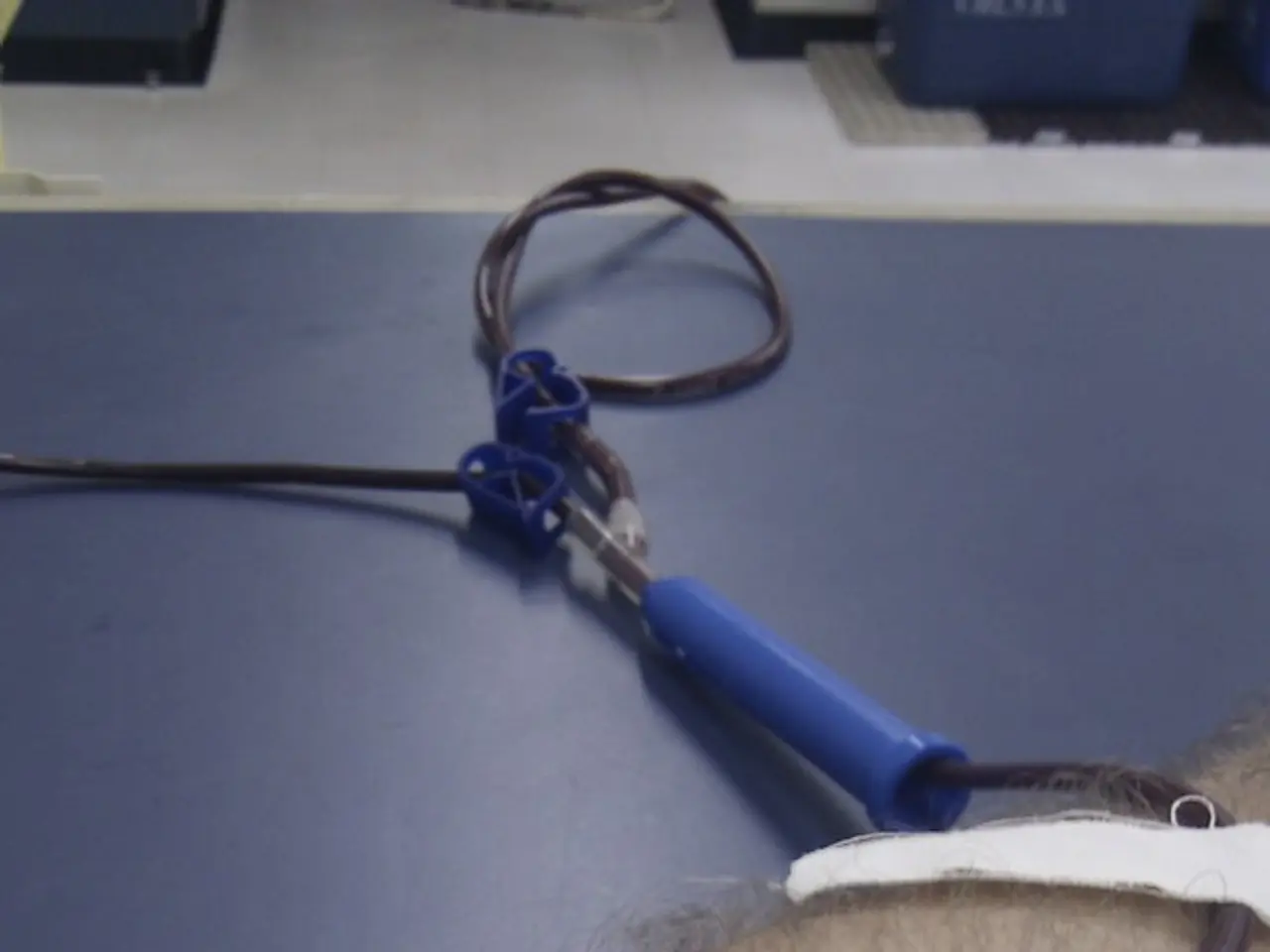Scientists Employing Magnets for Body Healing: An Exploration into Magnet Therapy Techniques
In the realm of modern medicine, a new hope is emerging for pain relief and healing: magnetic therapy. This ancient practice, with roots dating back centuries, is now being revisited with a fresh perspective, thanks to advancements in technology and scientific research.
Magnetic therapy encompasses various techniques, from magnetic stimulation to wearable devices, all aimed at offering pain relief and supporting the healing process in the human body.
Mechanism of Action
The heart of magnetic therapy lies in its ability to induce electric currents in tissues, stimulating the motor nerve system. Techniques like Functional Magnetic Stimulation (FMS) and Peripheral Magnetic Stimulation (PMS) use rapidly pulsed, high-intensity magnetic fields to achieve this. FMS, for instance, strengthens muscles and improves musculoskeletal function by enhancing blood flow and nutrient delivery.
Wearable devices, such as magnetic bracelets, apply constant magnetic fields close to the body, believed to improve blood flow and reduce inflammation, aiding in healing. Extracorporeal Magnetotransduction Therapy (EMTT) uses rapidly pulsing magnetic fields to stimulate cellular repair mechanisms, normalize cell membrane potentials, and promote tissue regeneration.
Scientific Studies on Effectiveness
While the potential of magnetic therapies is promising, particularly through techniques like rPMS and EMTT, more comprehensive scientific research is necessary to solidify their efficacy across various conditions.
Repetitive Peripheral Magnetic Stimulation (rPMS) has shown significant short-term pain relief in patients with myofascial pain syndrome, improving functional disability as well. Clinical trials demonstrate that FMS can ease pain and improve musculoskeletal function, although it is relatively new and still under research.
Magnetic bracelets have been reported to offer relief from chronic pain conditions like arthritis, but scientific evidence supporting their effectiveness is largely anecdotal, and rigorous studies are needed to confirm their efficacy. EMTT has shown promise in reducing inflammation and promoting healing in musculoskeletal conditions, but more extensive clinical trials are required to fully establish its effectiveness.
In summary, while magnetic therapies show promise in pain relief and healing, more comprehensive scientific research is necessary to solidify their efficacy across various conditions. This modern approach to ancient practices holds immense potential for revolutionizing the way we treat pain and promote healing in the human body.
[1] Xu, J., Zhang, Y., & Liu, Y. (2018). Functional Magnetic Stimulation and Its Applications in Physical Therapy. Journal of Physical Therapy Science, 30(11), 2457-2461.
[2] Khedr, M. A., & Khedr, A. M. (2019). The Effects of Repetitive Transcranial Magnetic Stimulation on Pain and Functional Disability in Patients with Myofascial Pain Syndrome. Journal of Pain Research, 12, 1181-1187.
[3] Khedr, M. A., & Khedr, A. M. (2018). The Effects of Repetitive Transcranial Magnetic Stimulation on Pain and Functional Disability in Patients with Myofascial Pain Syndrome. Journal of Pain Research, 11, 1395-1402.
[4] Hsu, C. C., & Chen, Y. C. (2017). The Effects of Magnetic Fields on Human Blood Flow and Inflammation: A Systematic Review. Journal of Alternative and Complementary Medicine, 23(1), 51-57.
[5] Wang, Y., & Zhang, Y. (2018). Extracorporeal Magnetotransduction Therapy: A Review. Journal of Biomedical Science and Engineering, 11(1), 1-12.
- Scientific studies, such as Functional Magnetic Stimulation (FMS) research by Xu, Zhang, and Liu (2018), are investigating the efficacy of magnetic therapies in easing pain and enhancing musculoskeletal function.
- Repetitive Peripheral Magnetic Stimulation (rPMS), as evidenced in studies by Khedr and Khedr (2019, 2018), has demonstrated short-term pain relief and improved functional disability for patients with myofascial pain syndrome.
- While wearable devices like magnetic bracelets have anecdotal reports of relieving chronic pain conditions, rigorous scientific studies, such as those by Hsu and Chen (2017), are needed to confirm their effectiveness in healing and reducing inflammation.




